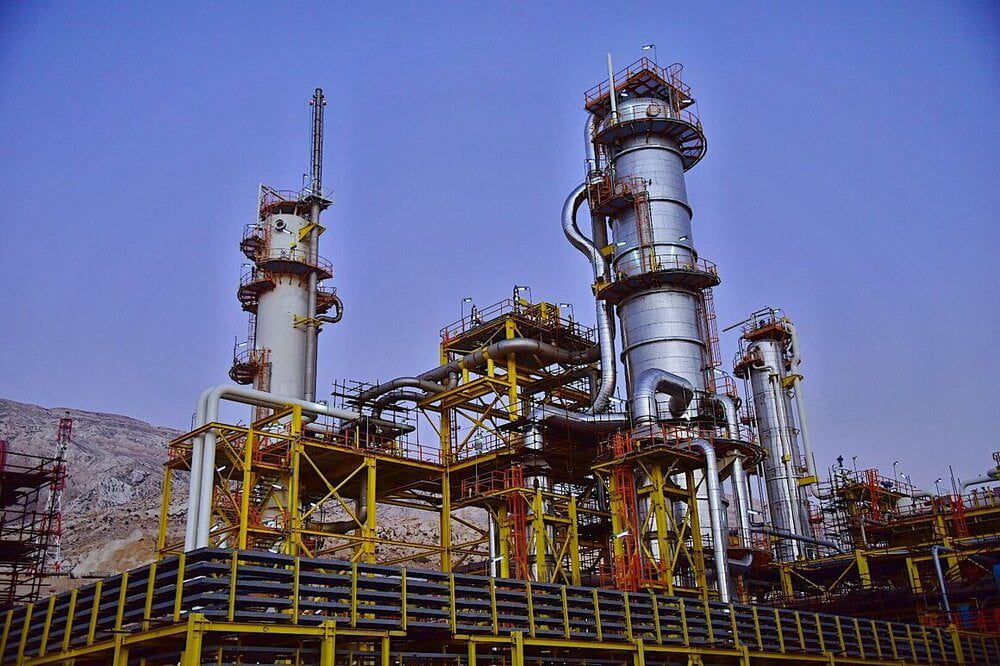The Iranian petrochemical industry has achieved remarkable successes recently, as part of the country’s aspirations to develop the leading sector, increase global competition, and open new markets.
In this context, the CEO of the National Iranian Petrochemical Industries Company, Morteza Shahmirzai, said that his country has a market for long-term investments.
Shahmirzai added that the Iranian petrochemical industry is free of risks and offers investors many profitable opportunities, according to the report, which was carried by the Iranian Oil News Agency, Shana, and which was seen by the specialized energy platform.
Iran is the second largest producer of petrochemicals in the Middle East after Saudi Arabia, as it has 25% of the production capacity of the Middle East region, and 2.5% of the global production capacity.
An attractive market for investors
The CEO of the National Iranian Petrochemical Industries Company stated that the huge oil and gas reserves and sustainable hydrocarbon production gave investors a sure guarantee regarding the market, revealing that his company offered more than 110 small and large projects in the country to investors.
Iran occupies an advanced position in global rankings, given the size of oil and gas reserves in the country, according to Shahmirzai, who described them as a “gift from God” to the Iranian petrochemical industry.
He pointed out that the ongoing projects are attractive to investors, and have been visited by experts from various European countries and the United States, according to the report.
He stressed that Iran has a trustworthy investment market, pointing out that the oil industry – especially petrochemicals – was developed in a way that led to the growth of the gross domestic product, and also prevented foreign interference from obstructing progress and export.
The following graph – prepared by the specialized energy platform – shows Iran’s production of crude oil, from 2019 to February 2023:
The volume of annual production of petrochemicals in Iran reached 92 million tons, which represents a great success, as the growth came despite severe sanctions, according to the statements of the CEO of the National Petrochemical Industries Company, who also holds the position of deputy oil minister.
“The more sanctions imposed on the country, the more we try to be self-sufficient,” Shahmirzai said.
It should be noted that the petrochemical sector is suffering under the weight of US sanctions, the latest of which was the imposition of sanctions on 6 petrochemical companies based in Iran, in February of this year (2023).
The sanctions aim to besiege the smuggling of Iranian oil abroad, by selling it in the form of petrochemical and oil products to global markets.
More than 550 different types of derivatives are currently being produced in the petrochemical and polymer sectors, according to the head of the Iranian company.
Shahmirzai pledged to double the production capacity of Iran’s petrochemical industry, to meet the target set by the seventh five-year plan.
In contrast to the period before the Islamic Revolution, Iran is currently witnessing self-sufficiency in various fields, including technical expertise and the repair and maintenance of facilities, according to Shahmirzai.
He stressed that the current government is doing its best to help the domestic industry to be self-sufficient in the production of chemical catalysts.
He concluded by affirming his country’s success in achieving self-sufficiency in establishing knowledge-based systems and manufacturing turbines and compressors.
A jump in Iranian petrochemical exports
In a related context, Iranian petrochemical exports achieved a jump in revenues, over the course of 11 months of the fiscal year, which began on March 21 (2022).
And the National Iranian Petrochemical Company announced at the end of February 2023 that the sector’s revenues amounted to 15 billion US dollars, of which 12.7 billion dollars returned to the state’s economic cycle.
The sector includes 64 factories, with a production capacity of 90 million tons, which is expected to reach 135 million tons, with 65 new projects entering operation by 2027.
It is also expected that the annual demand for petrochemicals and polymer products will grow by 4.5% by 2040, while the annual demand for oil derivatives will grow by less than 1%.
Tehran also plans to pump huge investments in the Iranian petrochemical sector, at a value of $93 billion by 2025, compared to about $83 billion in 2021.
related topics..
Also read..

Leave a Reply